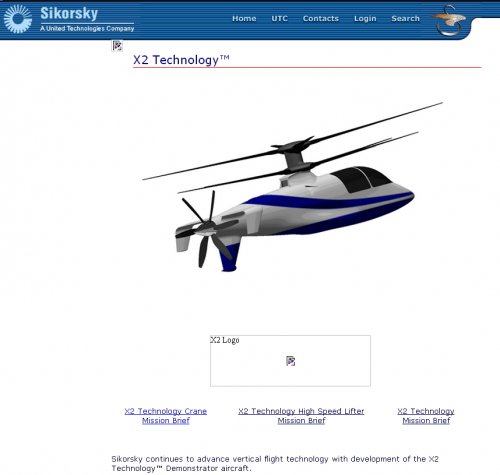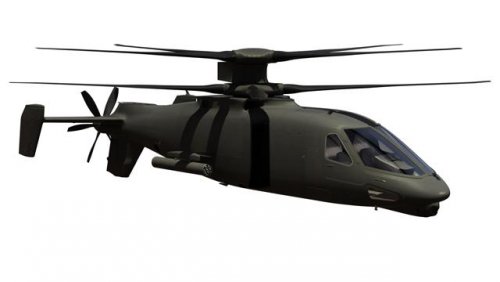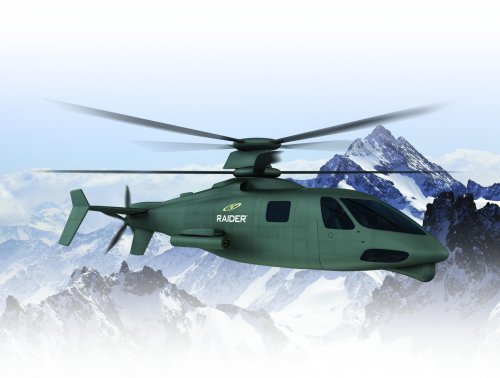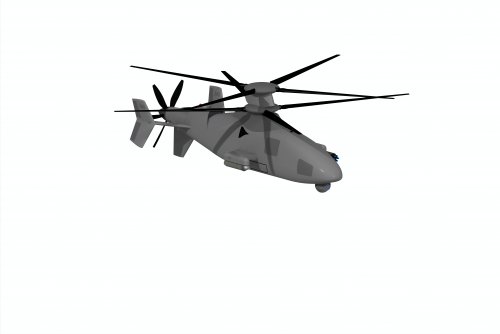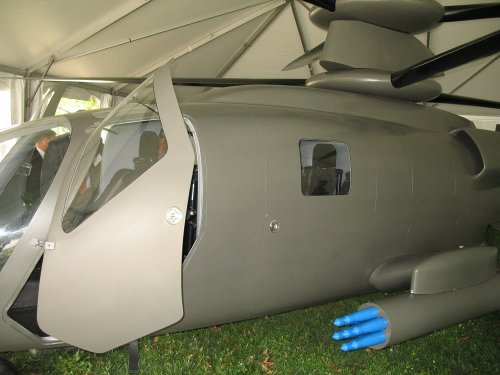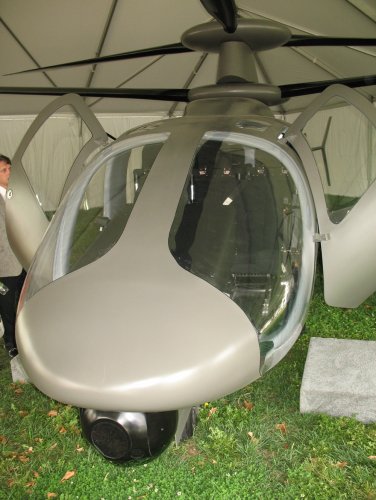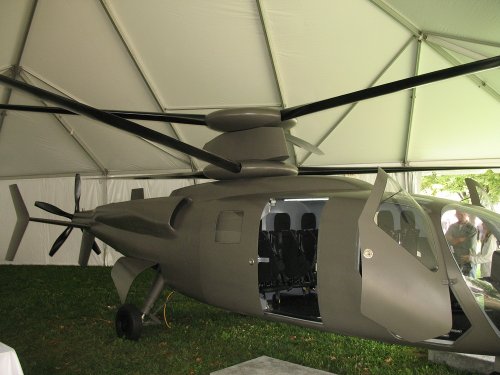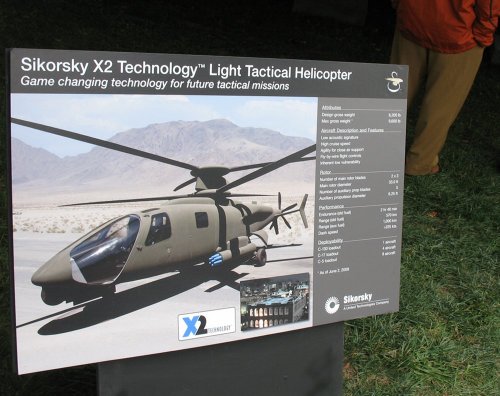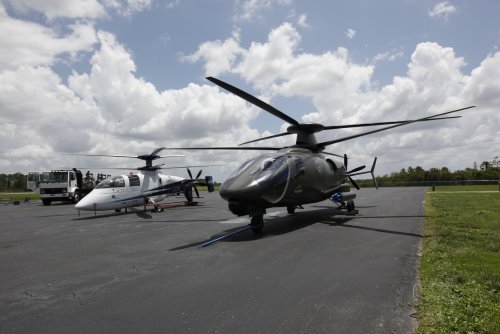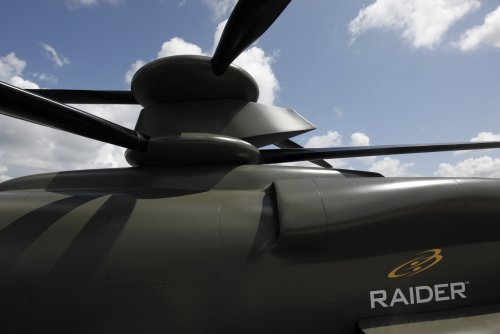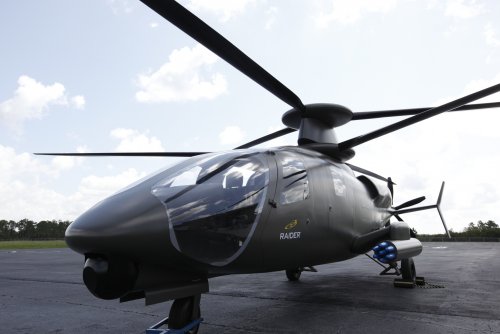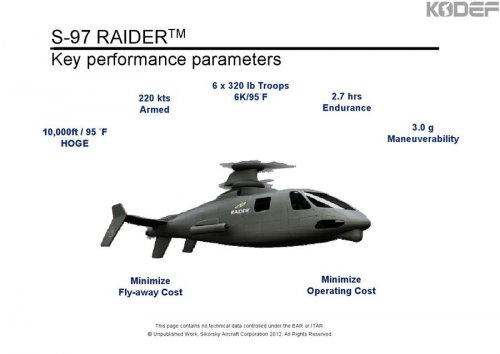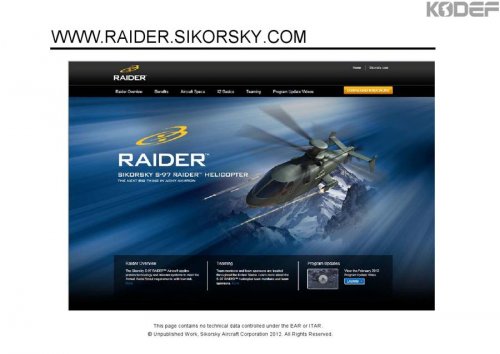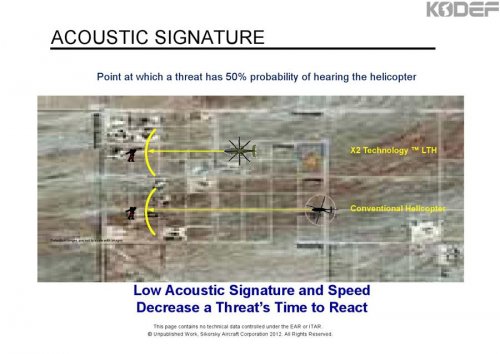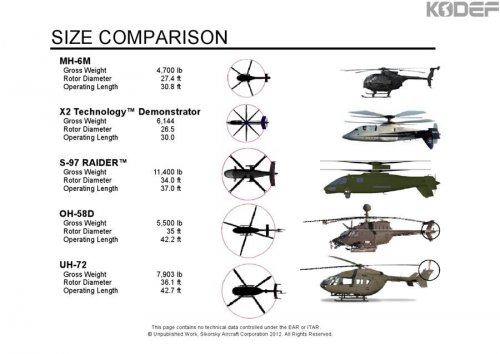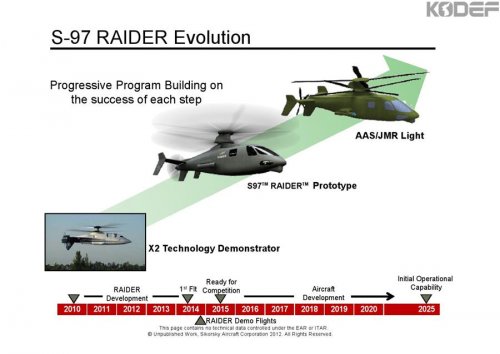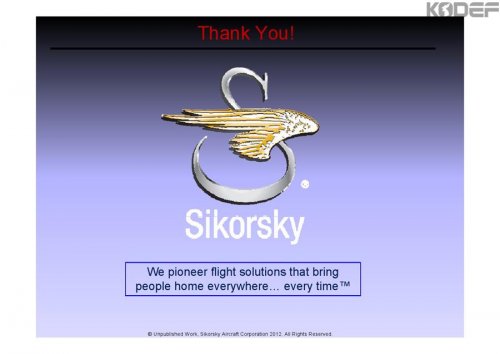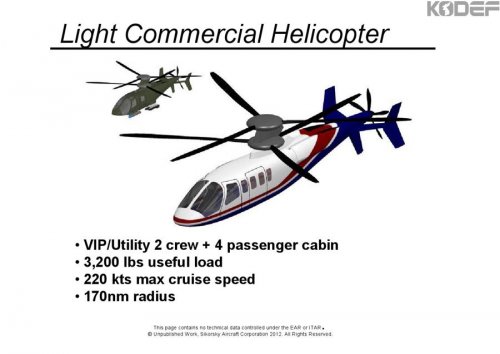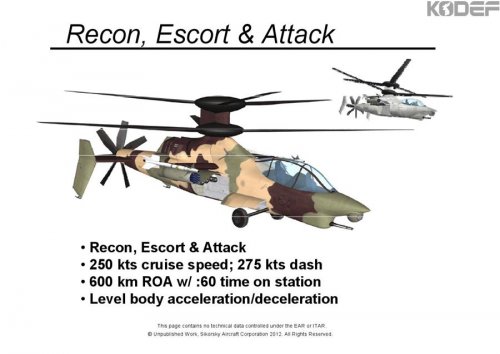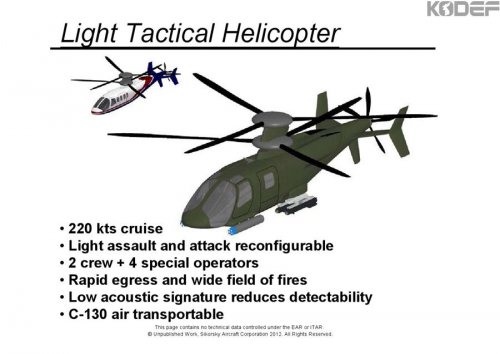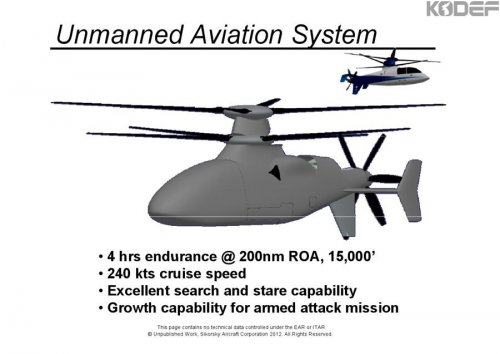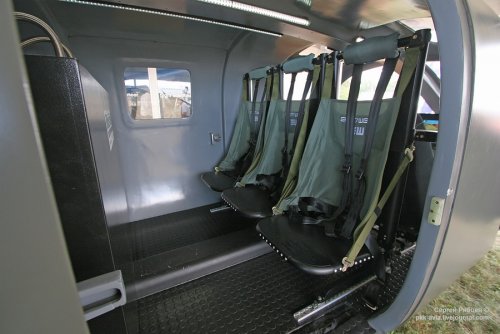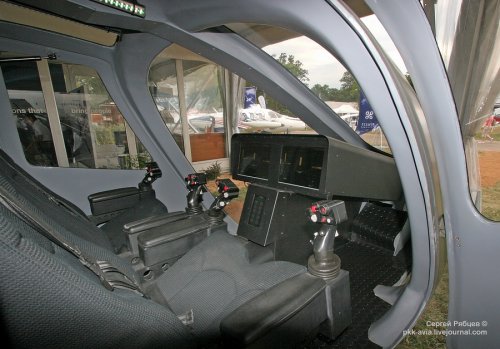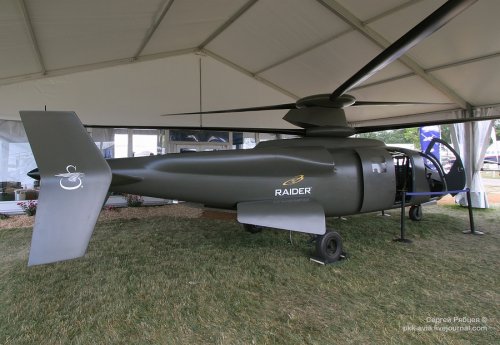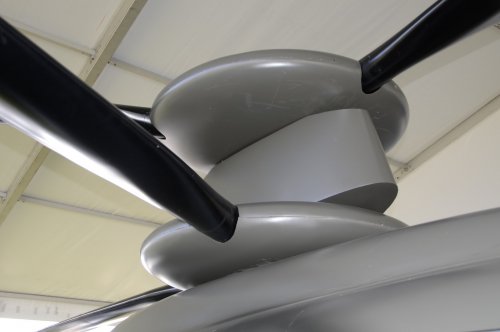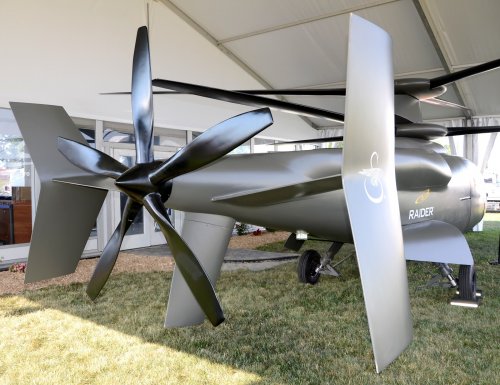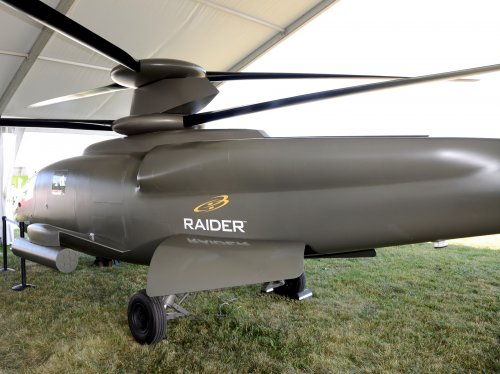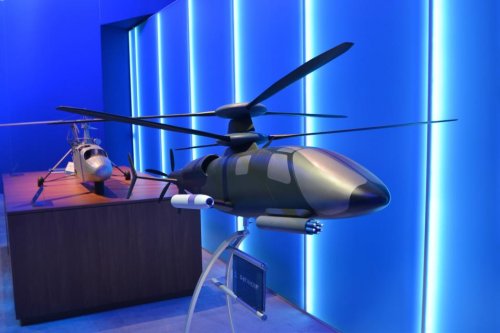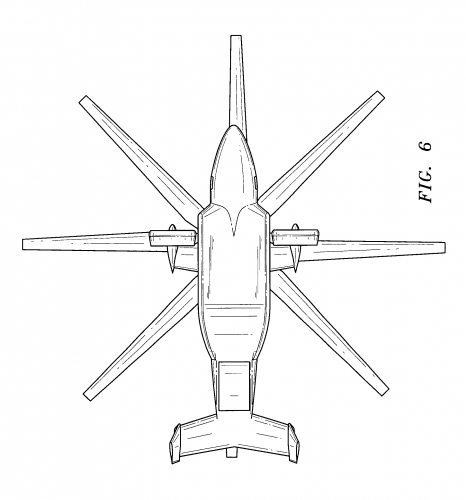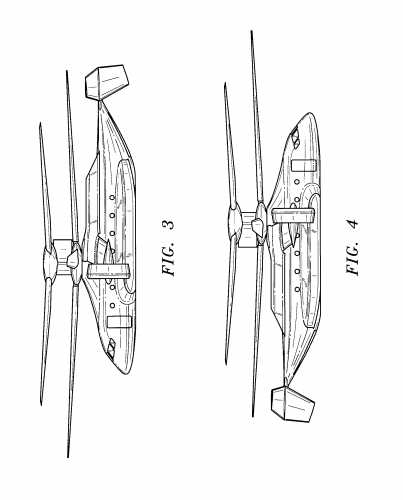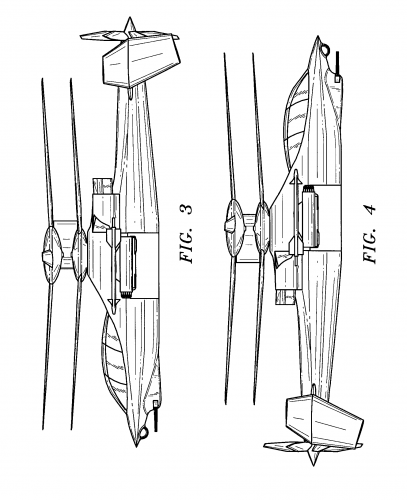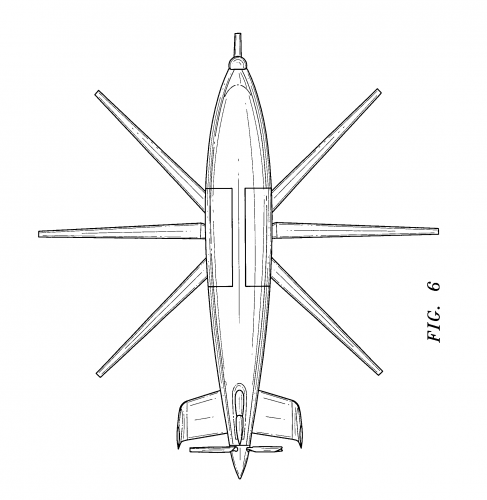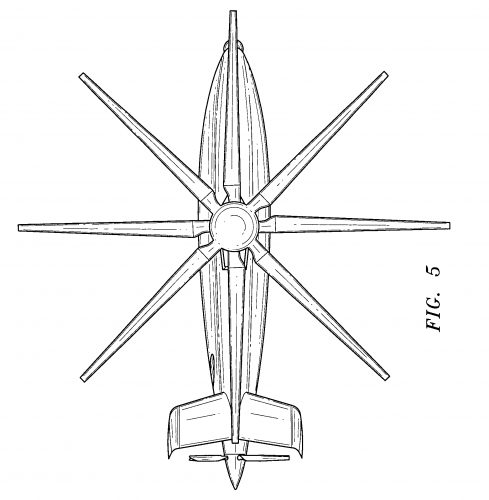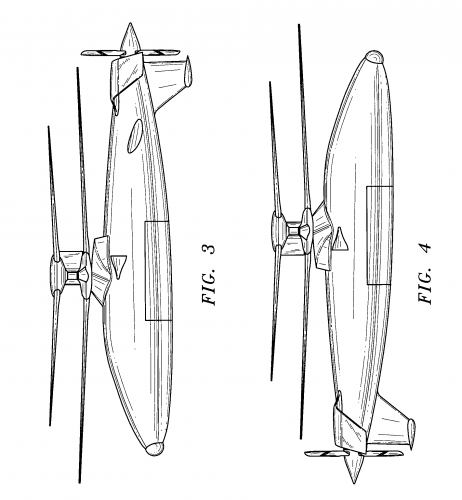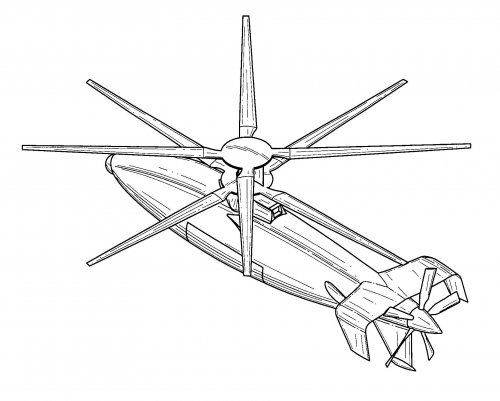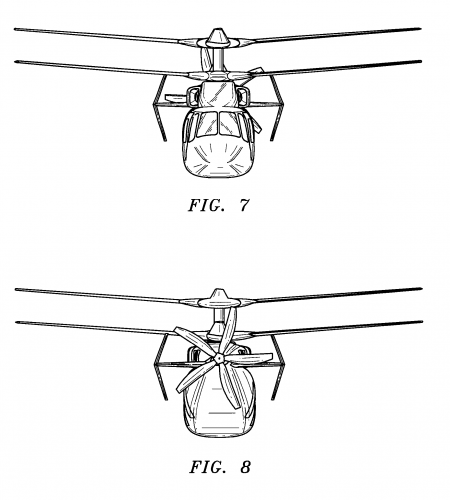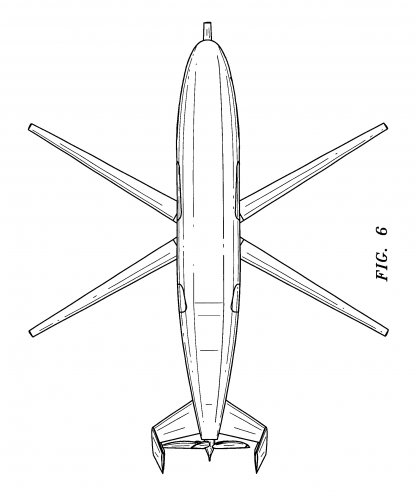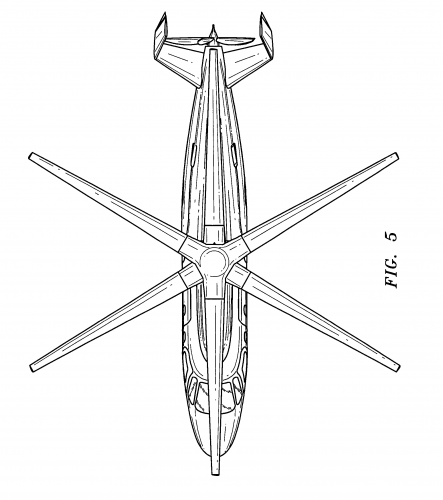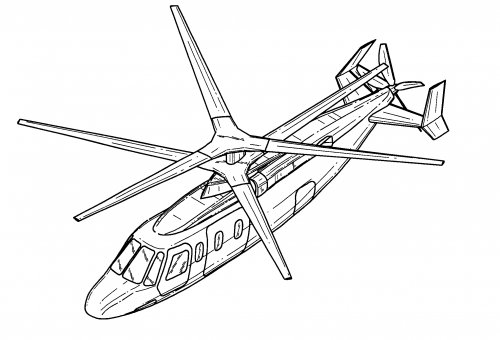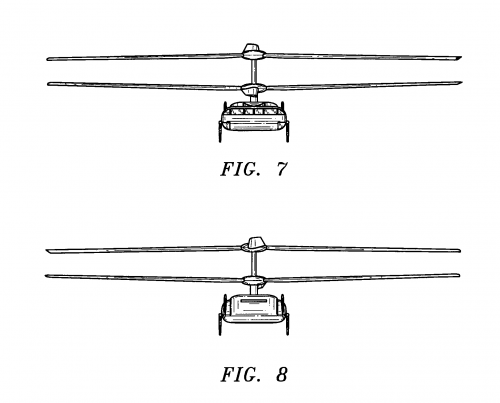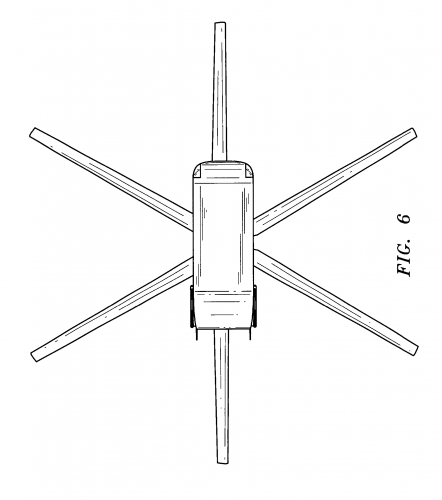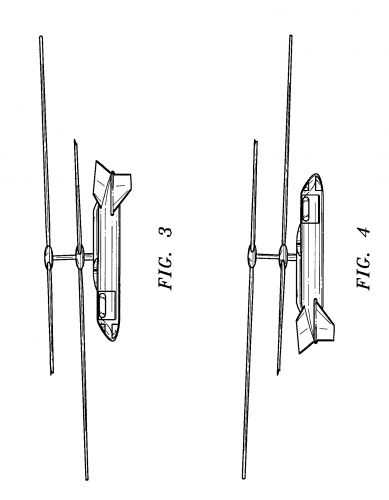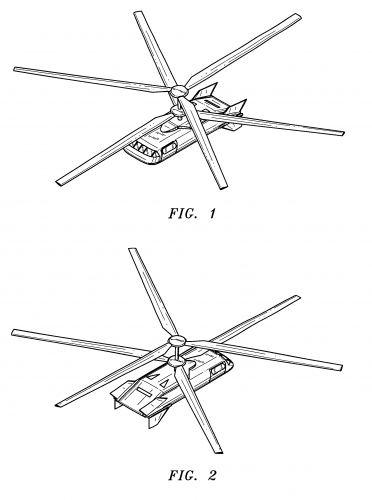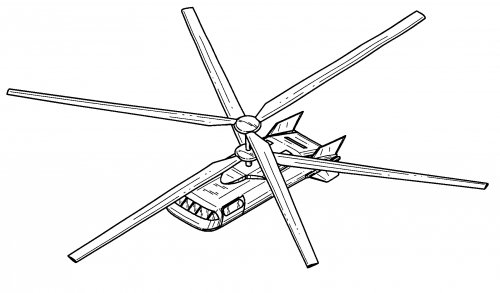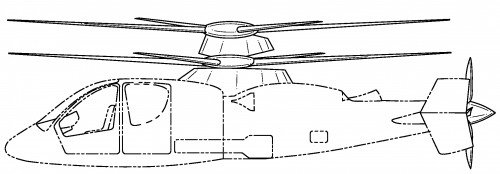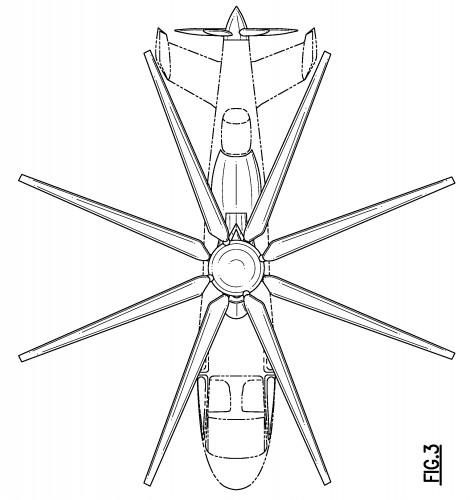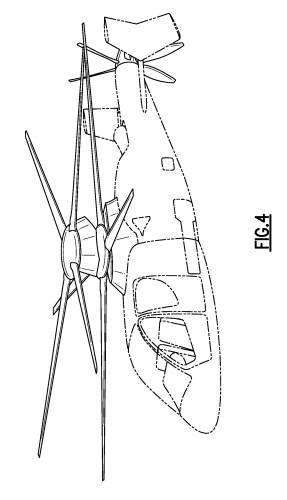2IDSGT said:
sferrin said:
No heavy lift?

Pondering that question has led me to what I think is the main problem with this project.
Yes, it's fast; yes it's a proven concept; but what are we gonna do with it? The USMC is already locked into a recapitalization plan for its rotary-wing component (UH-1Y, AH-1Z, CH-53K, and V-22), and the Army has already screwed up two attempts at a new scout bird (the only helicopter they seem serious about replacing). I'm rooting for Sikorsky here, but I'm not optimistic.
You have reason to be pessimistic, or at least cynical. I believe there is however reason to hold out a glimmer of hope that X2 will find its way into helping revitalize a stagnate rotor-craft industry.
First, Europe has announced a large investment in rotor-craft technology (Eurocopter Compound and AW in tilt rotor) that if it comes to fruition will push the US competitors to do likewise. The Chinese are not sitting on their recent investments in rotor-craft idly. Swoopy models not withstanding, you cannot be a first tier country without having organic means to produce first tier systems. I expect China will continue to explore ways to garner a significant share of the market. Let us not forget that the Russian rotor-craft industry also is starting to look toward future needs and capabilities. Given that they are resurgent in the rotor-craft market, I expect they will also do what is necessary to remain competitive. So the US industry base will either have to start work or go the way of other western industrial powers aerospace industry.
Second, the US Army still has replacement of the venerable Kiowa Warrior as one of its top Aviation priorities. They are exploring existing aircraft, but I suspect with most of them there is a big difference between the performance of smaller civil rotor-craft and what they need a Scout helicopter to do. Also another change from the norm is that Sikorsky is covering the cost of development without the government and will have two "Y" plane prototypes in 2014. Of course they will pass the expense onto the government, but because they have not had to deal with the Mandarins of the government bureaucracy, they have not had to go through many of the expensive design reviews and “left-handed widget” certifications normally imposed. Certainly they will have to do some of this but a flying helicopter amortizes some of those massively redundant studies. Hopefully, although not probable, the US Army has learned that they ought to not try and put all the gizmo's on the aircraft up front; get a working aircraft that solves your antique aircraft problem and expected capability issues and work through the rest later. There is also the point that the US Special Operators are looking for a replacement for their beloved “Little Bird/Killer Egg” H-6 helicopters. They have said openly they want to get where they want to go faster and further carrying their “customers”. If you look at how many folks hang out on an MH-6 picture they have a bench for three on each side, so six “customers”. S-97 goes faster, further, and has room for six in the back.
Third, there are others who might want this capability. The US Coast Guard at some point is going to want to replace their H-65 (Dauphin) fleet. I'm not sure that the S-97 has the same cubic space in back, but it ought to have room for a couple liters. If the S-97 stays with T-701 engine then the USCG will have one engine for all of its helicopters, not a small logistics point. I am not sure how a military grade S-97 will compete with civil EMS platforms for acquisition cost, but just like military MEDEVAC, the faster you get a patient to appropriate medical facilities the better their chance of survival.
Fourth sooner or later (most likely later) the H-60, like the UH-1 it replaced, will not make the grade for the military mission. With a huge back order at the moment it certainly does not seem like that the Blackhawk is long in the tooth any time soon. That said if you start looking at the size of the Pacific Rim and where everyone thinks the focus of the world is going to be, NONE of the helicopters we have in numbers have practical legs for hoping around the distances that exist. This is going to be where compound rotor-craft and tilt-rotors with better efficiency (time, fuel and maintenance ) will start to buy there way into the market. A point the US Marine Corps and Bell-Boeing have already started to point out about the Osprey.
So in conclusion to my Sunday morning dissertation/diatribe, I hold out cynical optimism that the X-2 technology will find its way into the rotor-craft market in the next ten years or so.

